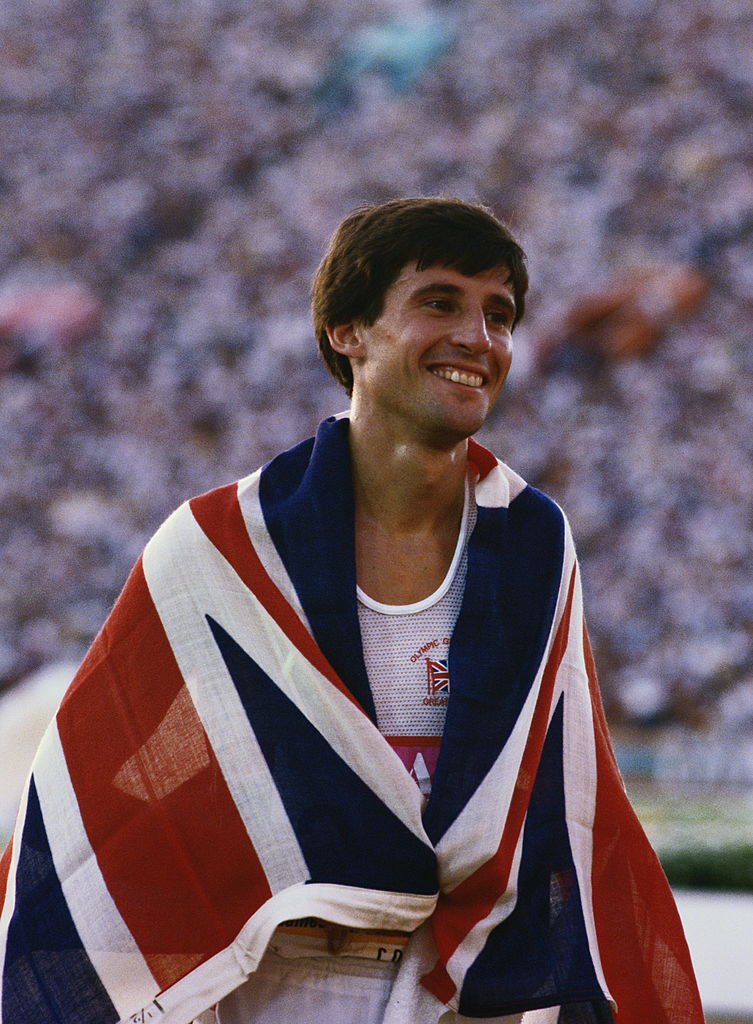Socio-cultural factors
Chapter 5


Participants in sport and physical activity have individual interests and needs. How they choose to participate – in which sports and what level – reflects these individual preferences.
Individuals are also strongly influenced by social factors. These include:
Some factors have an element of choice. For example, individuals can choose their friends or try to earn more money.
Some factors may change over time. Everyone gets older or someone who was non-disabled may develop a disability later in life.
Some factors are beyond an individual’s control. People cannot change their ethnicity and children cannot choose their family background.
Some social factors are linked to physiological factors. For example:
Social factors are interlinked. Everybody has an age, gender and ethnicity. Each of these may have a different influence in different situations.
It is important not to make assumptions about individuals based on social factors but understanding the influence of social factors on people can help to improve their participation in sport and physical activity. Understanding helps to create empathy, tackle inequality and promote inclusion.
Statistics on the number of young people taking part in sport and physical activity in the UK vary as there is not a single source of data. A general picture shows that young people’s participation is high during curriculum time as physical education (PE) is compulsory. It is lower for extracurricular sport, and it drops dramatically beyond school – during out of school hours and when young people leave school. Overall, young people’s participation decreases from age 13.
There are more young people having a variety of experiences and opportunities within schools and their local community, due to a number of different government strategies. The success of these programmes creates expectations and demands that couldn’t always be met.
To increase young people’s enjoyment of and participation in sport and physical activity, providers need to have a flexible approach and work with young people to find the solutions.
Young people who participate in decision-making become more motivated to engage, have ownership over the process and therefore gain in self-esteem as well as personal, social and organisational skills.
Ageing affects people in different ways. There are, though, some age-related trends that can affect participation in sport.
As part of a healthy lifestyle, physical activity improves these experiences but people may need encouragement or different opportunities to help them to take part.
In the UK, 1.9 million fewer women than men take part in sport each week. There is a significant drop in girls’ participation from age 11. By age 14, boys are twice as active as girls.
Individual girls and women have their own reasons for taking or not taking part in sport. Research shows there are some common barriers to participation. Many girls and/or women:
Tackling these barriers will support more girls and women to take part in physical activity as part of a healthy lifestyle. This means consulting girls and women to find out what works for them.
Over half of the people in black and minority ethnic (BME) communities do no sport or physical activity. On average, all BME groups have lower participation rates than the national average.
One of the main reasons why BME communities have lower rates of participation is the lack of BME role models involved in leading and organising sport. For example:
In some communities, the factors of ethnicity, religion and gender combine to have an even greater effect on participation. For example, 92% of South Asian women do not meet the recommended levels of physical activity compared to 55% of all women.
(Statistics from Sporting Equals: http://www.sportingequals.org.uk/about-us/facts.html)
To tackle inequalities in sport, all aspects of sport need to be considered – leadership, management, coaching, officiating and volunteering – as well as actual participation.
Many sports and physical activities do ensure inclusion of disabled people. Inclusion requires staff and volunteers to have a positive attitude, communicate effectively and be able to adapt activities.
Disabled people take part in sport in a range of ways – with non-disabled participants and/or with other disabled people. Individuals should be able to choose and change how they participate.

The Paralympic Games is the biggest multi-sport event for disabled athletes in the world. It has helped to change people’s perceptions of disabled people. For example, there is more reporting of disability sport in the media and disabled performers have a much higher profile than before. Some disabled sportspeople train and compete with their non-disabled peers. However, people with learning difficulties and deaf people do not participate in the Paralympic Games. They have their own events and there is still relatively low awareness of their participation.
Paralympians raising the game for all
People’s economic status reflects their income (what they earn from work or investments) and their wealth (the land or property they own). Young people’s economic status is usually determined by their parents’ income and wealth. Frequently, we refer to people’s socio-economic status. This recognises the fact that income and wealth influence people’s education, occupation and other life experiences. For sports statistics, people are often classified by their employment status.
In the UK, managerial and professional people have the highest rates of participation in sport. Manual workers and unemployed people have the lowest rates. Research also shows that many – a disproportionate amount – of the UK’s Olympic medallists attended private schools. The greatest focus on socio-economic status in sport and physical activity relates to health. Health research links poorer health and well-being, including lower levels of physical activity, to lower economic status.
To increase people’s levels of physical activity and improve both their health and well-being and their sporting opportunities, we need to take account of their economic status.
Sports providers need to be aware of the costs when trying to engage people with lower incomes.

Sports exist in a competitive world. Individual sports compete against each other to attract participants, coverage and funding, and sport as a recreational activity has to compete against digital pastimes, such as social media, television and gaming. The more people who play a sport, the more likely that sport is to gain funding, either through grants, such as the National Lottery, or sponsorship. Similarly, sports with lots of followers are more likely to attract media coverage and sponsorship.
Research published in 2015 by the Future Foundation, conducted on behalf of the Youth Sport Trust, warned that PE lessons need to use digital technology to make sure that young people are motivated to take part. Other national sports organisations, such as Sport England and sports coach UK, also argue for the need to use technology to attract and retain youth and adult participants in sport.
Technology can help to increase a sport’s participation and profile. For example:

In 2015 Sport England launched a nationwide campaign to increase participation in sport by girls and women. Social media was a key player in promoting and extending the campaign. Within weeks of its launch over 23 million people had watched the film on YouTube and Facebook and it featured regularly on Twitter, with sports promoting opportunities and women and girls sharing their achievements. A follow-up app enabled participants to download their own photos on to the inspirational poster templates.
Sport requires people to follow written and unwritten rules to make it fair. It expects them to behave responsibly to ensure respect, fairness and safety. In this way, it promotes social values.
Anyone taking part in sport is expected to take personal responsibility and behave in a certain way. This is known as sportsmanship.

Participants have to follow the rules of the sport. In organised sport, these are developed by each sport’s governing body and are upheld by officials during play. Rules make sure that play is safe and fair. Players are penalised if they do not respect the rules and the officials. During informal or adapted activities, participants often agree their own rules. Agreeing adaptations to the rules can make sport more inclusive. They still ensure fairness and safety.
Sport also has unwritten rules or customs – etiquette – to uphold safety, respect and fairness. These help people to play in the ‘spirit of the game’. They often require players to take an active approach to respect and fairness, not just avoid breaking the rules.
For example, etiquette includes:
In sport, deviant behaviour occurs when a player; manager; spectator or anyone involved behaves in a way that knowingly breaks the rules or ethics of the sport. This behaviour takes several forms, including cheating; violence; bribery to influence the results or illegally betting on the outcome.
Gamesmanship is the opposite of sportsmanship. Without breaking them, players bend the rules and use questionable methods to gain an advantage. Examples include:
Gamesmanship exists at all levels and in many sports. Due to media coverage, many examples are seen in elite sport. Some sport psychologists and philosophers believe this reflects players’ motivation. Competitors who are strongly ego-oriented or extrinsically motivated are more likely to have a ‘win at all costs’ attitude, leading to unsporting behaviour. There is less incentive to cheat if someone is task-oriented and intrinsically motivated.
Sport is also used to promote positive values in society generally. By demonstrating these values on and off the field, sportspeople become positive role models, particularly for young people.
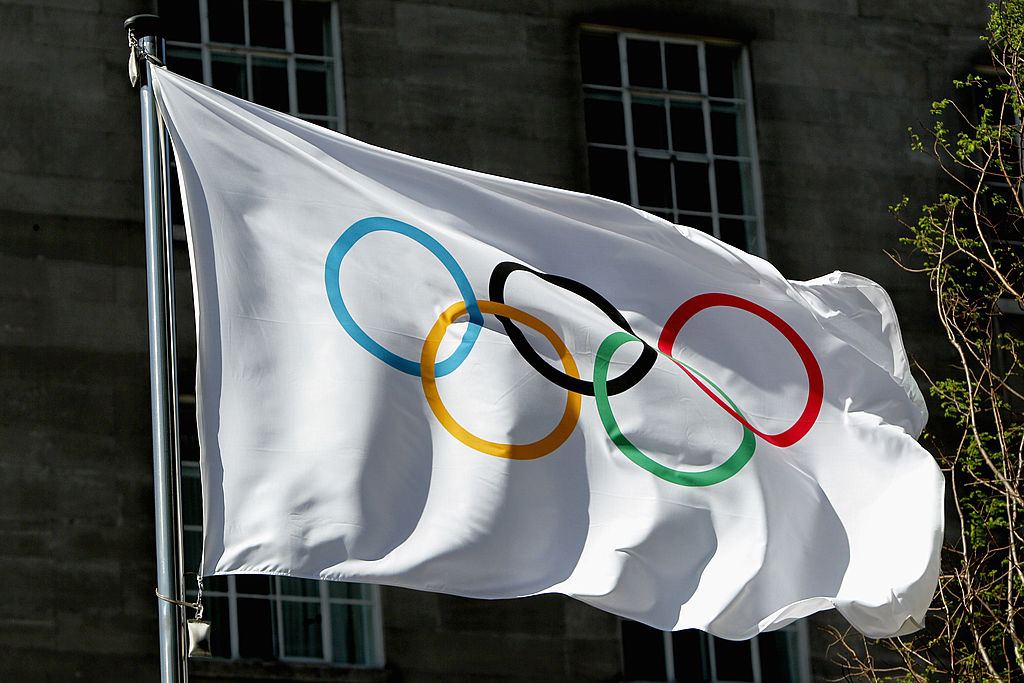
The International Olympic Committee (IOC) defines the three Olympic values:
Doping in sport means to take illegal or performance-enhancing drugs. It is a major challenge as it undermines fairness and puts athletes’ health at risk.
While there are strict measures to tackle doping in sport, it is the responsibility of every athlete to make sure they are dope-free. Individuals have to take personal responsibility for every substance that enters their body. Ultimately, anti-doping depends on good sportsmanship.
The UK Anti-Doping Agency promotes 100% Me. This is about being a true athlete where your performance is due to hard work, determination and talent. 100% Me supports and educates all athletes, from beginners to elite performers. It is based on five values:

Many of the UK’s top athletes support 100% Me and champion clean sport.
Provision of sport is influenced by several factors, such as public and private sector facilities, opportunities in schools and local clubs, location, and coaching.
The role of local and national sports providers
The government, out of taxes and the National Lottery funding, usually funds public sector facilities. These facilities include:
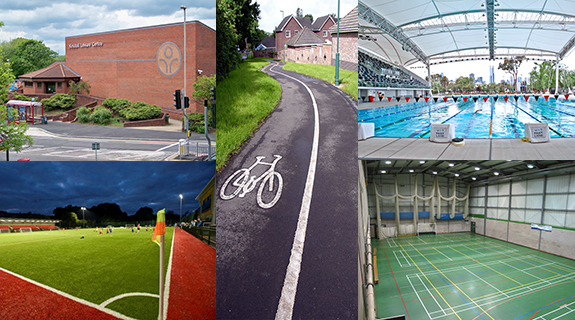
Private Sector facilities are set up by companies to make a profit, often these are member clubs only e.g. vid Lloyds health and tennis clubs
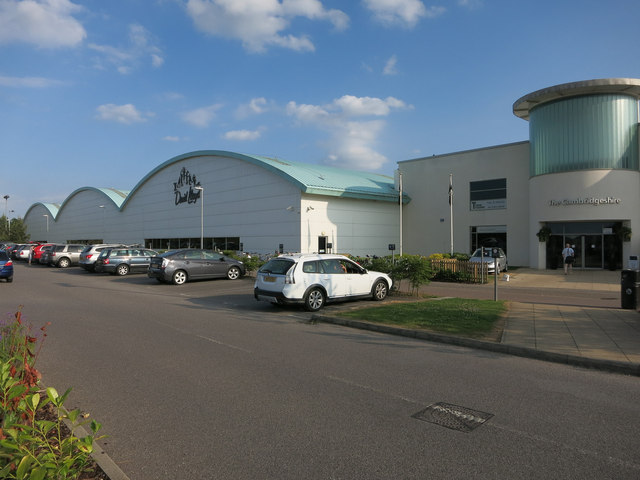
Local Sports clubs and organisations/associations that offer sports activities e.g. local rugby club, netball club, running club.
The organisations that are responsible for a range of sports participation including funding, from grass roots (sports development) to elite level e.g. Sport England, Sport Wales
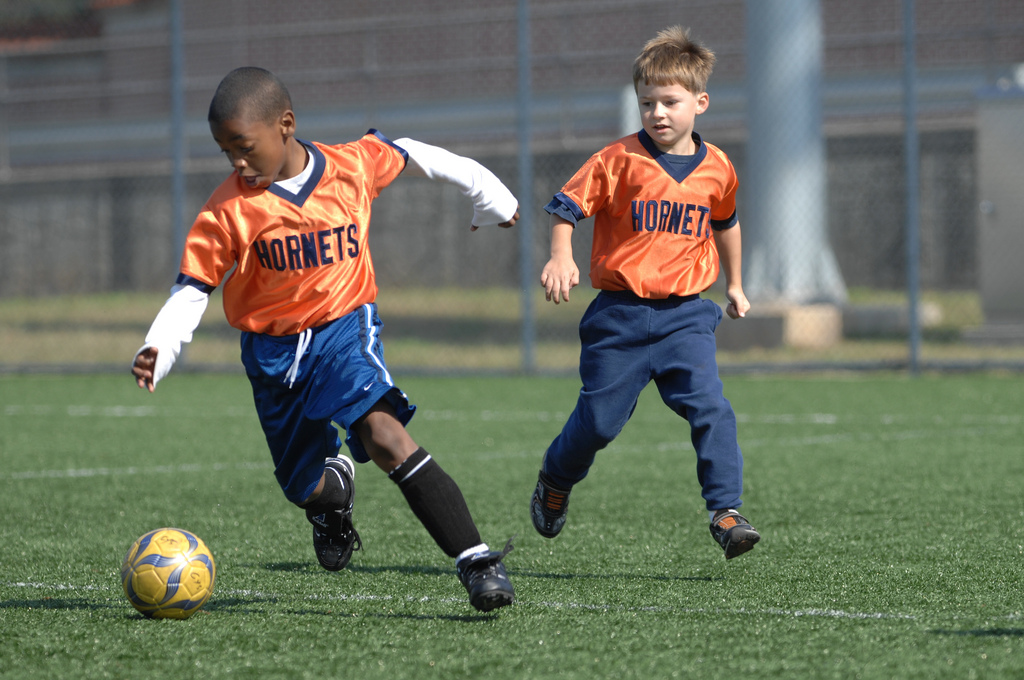
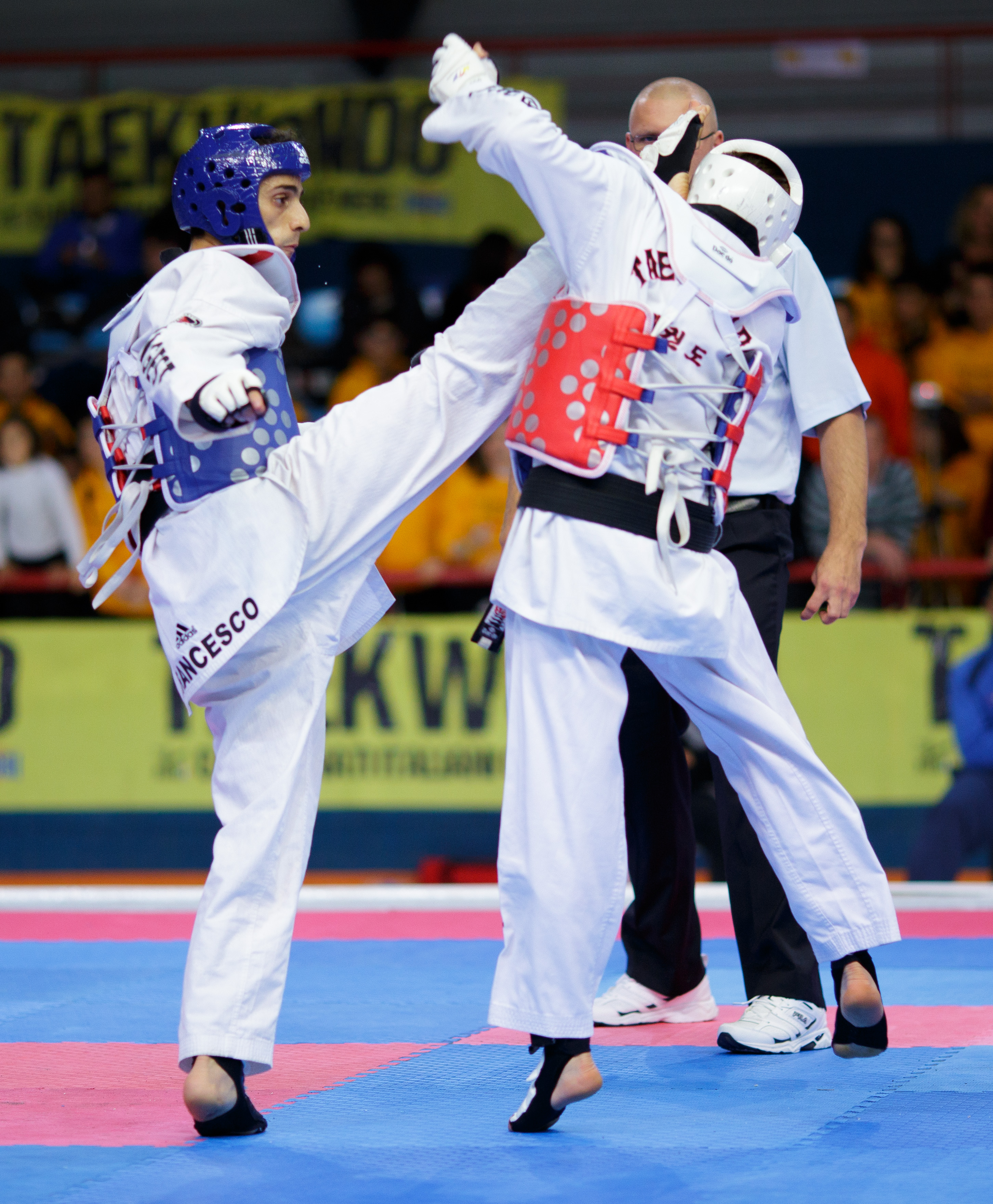
All young people from 4 to 16 in the UK must take part in physical education. The governments across the UK see the importance of young people exercising to combat the growing problems associated with obesity and the need to get young people hooked on sport for life.
There are various initiative across the UK to improve the provision of PE and School Sport, e.g. the Primary PE and Sport Premium Fund in England and the Physical literacy Programme in Wales.
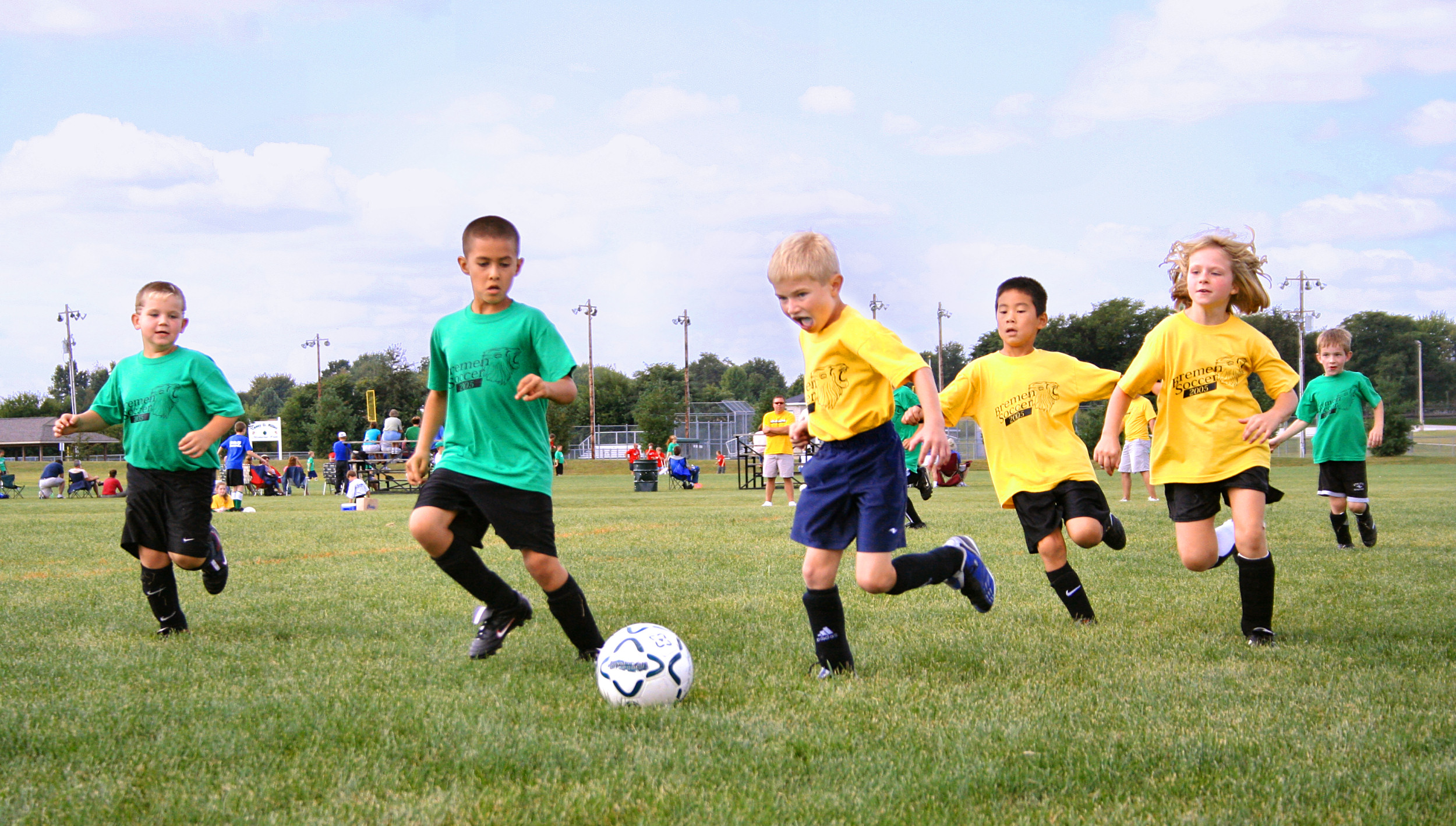
Sport has always grabbed people’s attention. For example, attendance at football games in the early 1900s regularly exceeded 40,000 and the stadium built for the 1908 London Olympic Games seated over 66,000 spectators. This means that sport has the potential to influence a wide range of people. In more recent times, the combination of global media coverage, huge sponsorship deals and more athletes performing full-time means that elite sport is a very lucrative business.
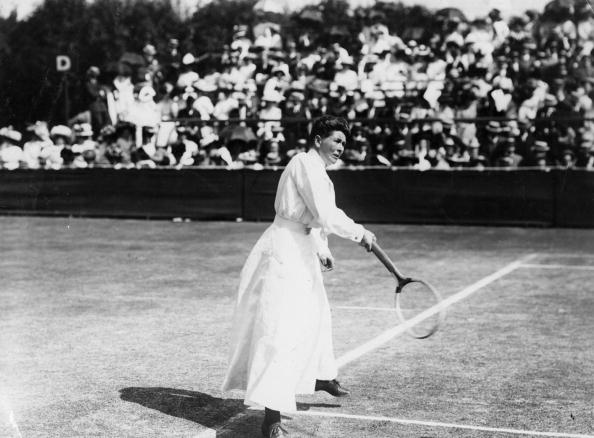
Commercialism in sport is about making a profit from sport. This involves three main groups.
Sport benefits from commercialism. Increased revenue helps individual sportspeople and sports organisations to increase participation, improve performances and attract support. As technology becomes an increasingly important element of sport and sports compete with each other to engage participants and spectators, funding is even more crucial.
The media benefits from the commercialisation of sport. High profile sports stories help to attract audiences, listeners and readers. In turn, the media makes sure that sport keeps a high profile.
Sponsors benefit from the commercialisation of sport. Their funding is essential for sport’s growth. In return, high profile coverage of sport ensures a high profile for their companies.
In this way, sport – particularly elite sport, the media and sponsorship are interlinked. This is called the golden triangle.
As well as its many benefits, commercialism in sport can also be negative. For example, some people believe that the commercialisation of elite football in the UK has changed the game for the worse and is destroying the traditional community-based links between supporters and clubs.
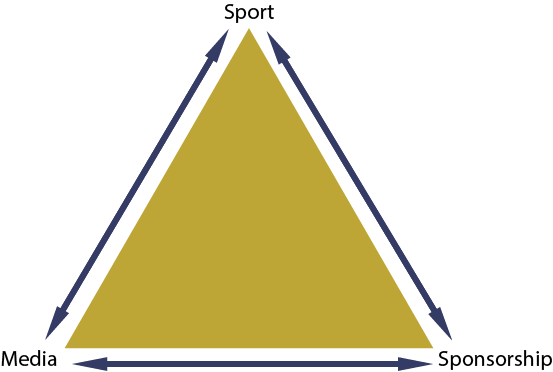
The golden triangle shows the relationship between sport, the media and sponsorship. It represents the commercial (money-making) nature of sport.
The relationship varies enormously for different sports and sports events.
Most people, whether or not they play or watch sport, are aware of sport through the media. This includes local, national and international sport. From school sport newsletters to worldwide TV coverage, the media is a powerful voice for, and influence on sport.
The media can have both a positive and negative effect on sport. Consider the inspiring images from the Paralympic Games and how they change people’s perception of disabled people. Compare that to the media persecution of athletes who are perceived to have ‘failed’ in some way.
| Positive influences | Negative influences |
|---|---|
| Promote healthy, active lifestyles | Intrude on performers’ privacy |
| Showcase sport’s positive values | Undermine people’s confidence and careers |
| Present positive and inspiring role models | Showcase negative values and behaviour |
| Showcase negative values and behaviour | Undermine officials and their decisions |
| Set high standards for performance | Dictate event schedules and availability |
| Provide examples of skills and tactics | Alter competition rules and traditions |
| Publicise a variety of sports and activities | Edit coverage so it is incomplete or biased |
| Celebrate effort and success | Obstruct spectators and participants |
| Give sport a high status in society | Reduce spectator attendance at events |
| Give people a sense of belonging | Reinforce inequalities by limiting coverage to traditional sports or social groups |
| Generate revenue for sport | Incite distrust and prejudice between groups |
| Generate revenue for charity |
Sponsorship occurs at all levels of sport. School teams may have sponsored kit while elite athletes may be paid large sums of money to wear certain sportswear. Sponsorship can be financial or in-kind payments. Sponsorship means both parties receive benefits from the agreement.
Sponsorship of sport creates tensions when a sponsor’s image or product appears to undermine the sporting message. For example, tobacco firms sponsored sporting events until 2005 when they were banned from doing so across the European Union (EU). Companies that sell alcohol are allowed to sponsor sport although many British MPs want a ban as they believe it sends the message that sporting ability and drinking alcohol are linked. The same is true of fast food companies – should they sponsor sport when their products are believed to contribute to childhood obesity?
The Los Angeles Olympic Games in 1984 were the first modern Olympics to be financed by corporate sponsors and the first Games since 1932 to make a profit. The two previous Games – in Montreal (1976) and Moscow (1980) – had left the organisers with huge debts. This commercial approach became the model for future Games. The organisers also used some of the profits to support youth sports and coach development which benefitted grass roots as well as elite sport.
